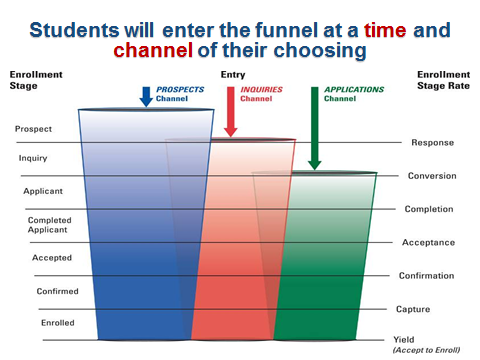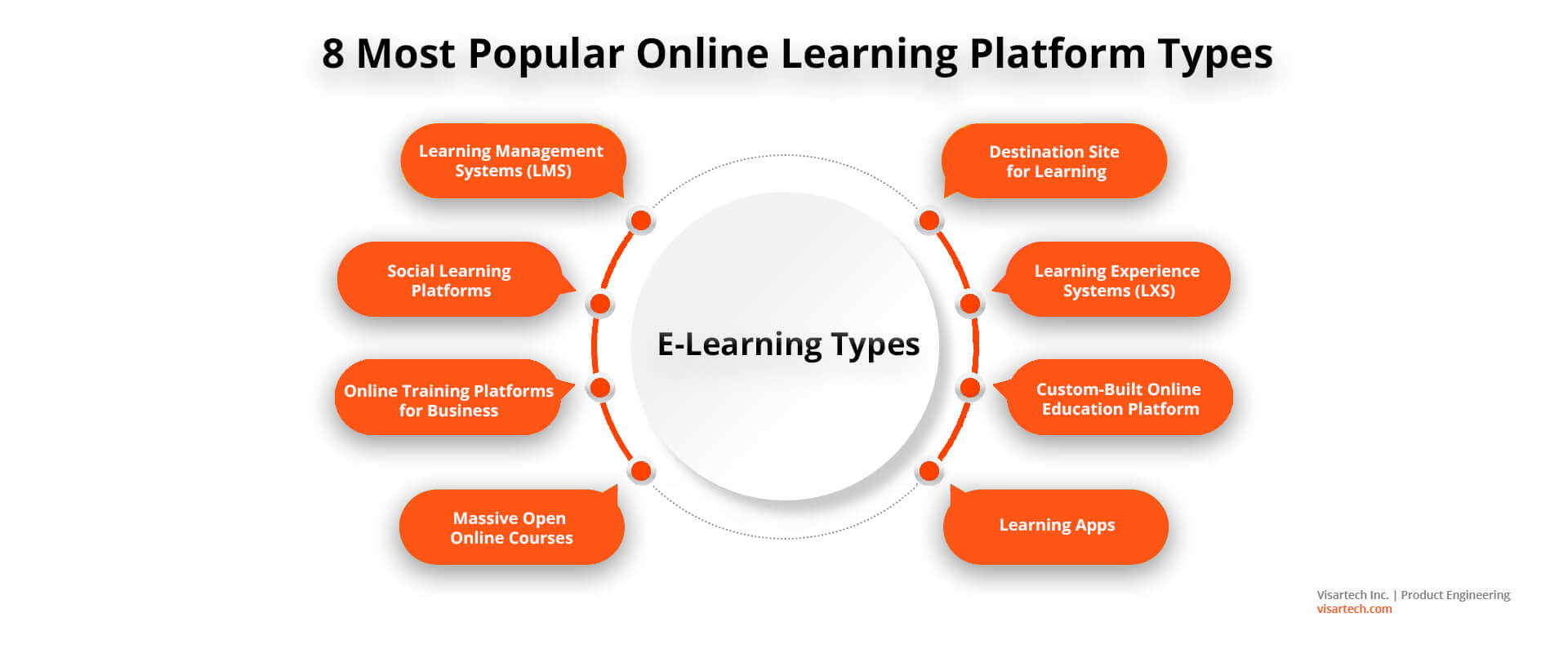The Ultimate Guide to Creating a Successful Homeschooling Environment
Homeschooling has become an increasingly popular educational choice for many parents. Whether you are new to homeschooling or looking to improve your existing setup, creating a successful homeschooling environment is crucial for your child’s learning and development. In this ultimate guide, we will provide you with valuable tips and strategies to optimize your homeschooling experience.
1. Set Up a Dedicated Learning Space
Designating a specific area in your home for homeschooling helps create a structured and focused learning environment. Choose a quiet space with minimal distractions where your child can concentrate. Ensure the area is well-lit, organized, and equipped with the necessary learning materials.
2. Establish a Daily Schedule
Creating a consistent daily schedule is essential for productive homeschooling. Set specific times for subjects, breaks, and other activities. Ensure you allocate enough time to cover each subject adequately, allowing flexibility for breaks and extracurricular activities.
3. Define Clear Goals and Objectives
Establishing clear goals and objectives will help you stay focused and track your child’s progress. Identify the core subjects you plan to cover and outline specific learning outcomes for each. Breaking down larger goals into smaller, achievable milestones can boost motivation and provide a sense of accomplishment.
4. Select Appropriate Curriculum and Resources
Research and choose a curriculum that aligns with your educational philosophy and your child’s learning style. Consider online resources, textbooks, workbooks, educational apps, and interactive learning tools that can supplement your teaching. Experiment with different materials to find what works best for your child.
5. Tailor Instruction to Your Child’s Needs
One significant advantage of homeschooling is the ability to adapt teaching methods to your child’s individual learning needs. Identify your child’s strengths, weaknesses, and learning style, and adjust your approach accordingly. Incorporate hands-on activities, visual aids, and real-life examples to enhance comprehension and engagement.
6. Encourage Independent Learning
Promoting independent learning skills is essential for your child’s long-term academic success. Gradually encourage your child to take ownership of their learning by assigning them tasks that they can complete on their own. Foster critical thinking, problem-solving, and research skills, allowing them to explore their interests and develop self-motivation.
7. Emphasize Socialization Opportunities
Social interaction plays a vital role in a child’s development. Seek out homeschooling communities, co-ops, and sports or arts programs where your child can connect with peers and engage in group activities. Encouraging socialization can enhance communication skills, teamwork, and emotional intelligence.
8. Incorporate Field Trips and Real-World Experiences
Field trips and real-world experiences provide valuable hands-on learning opportunities. Take advantage of local museums, nature parks, historical sites, and community events to supplement your curriculum. These experiences can make lessons more tangible and memorable for your child.
9. Use Technology Wisely
Leverage technology to enhance your homeschooling experience. Utilize educational websites, online courses, interactive learning platforms, and virtual field trips to access a wealth of educational resources. However, balance screen time with offline activities to ensure a well-rounded learning experience.
10. Regularly Assess and Adjust
Consistently assess your child’s progress and adjust your homeschooling approach accordingly. Use various assessment methods such as quizzes, projects, and discussions to gauge understanding. Stay flexible and adapt your teaching strategies as needed to address any learning gaps or challenges that arise.
Creating a successful homeschooling environment requires dedication, organization, and adaptability. By implementing the strategies outlined in this ultimate guide, you can provide your child with a well-rounded education tailored to their unique needs and foster a love for learning that will last a lifetime. Happy homeschooling!











